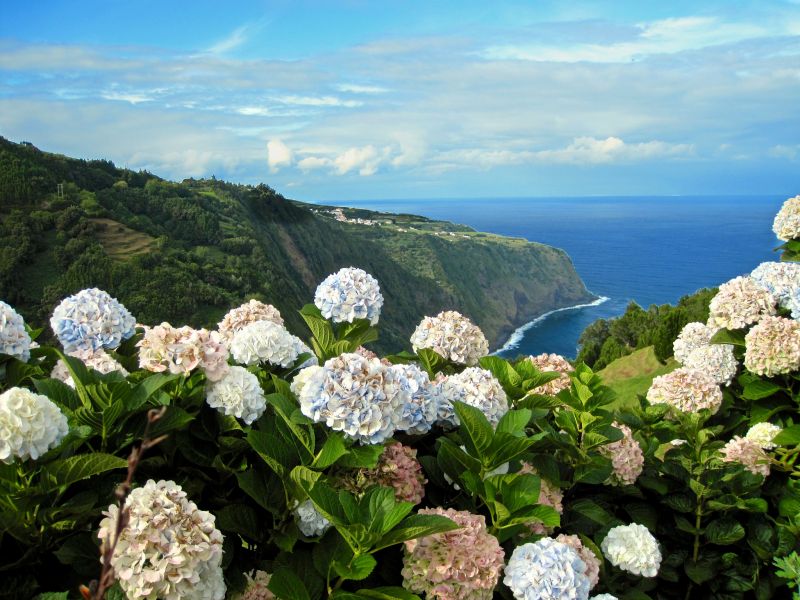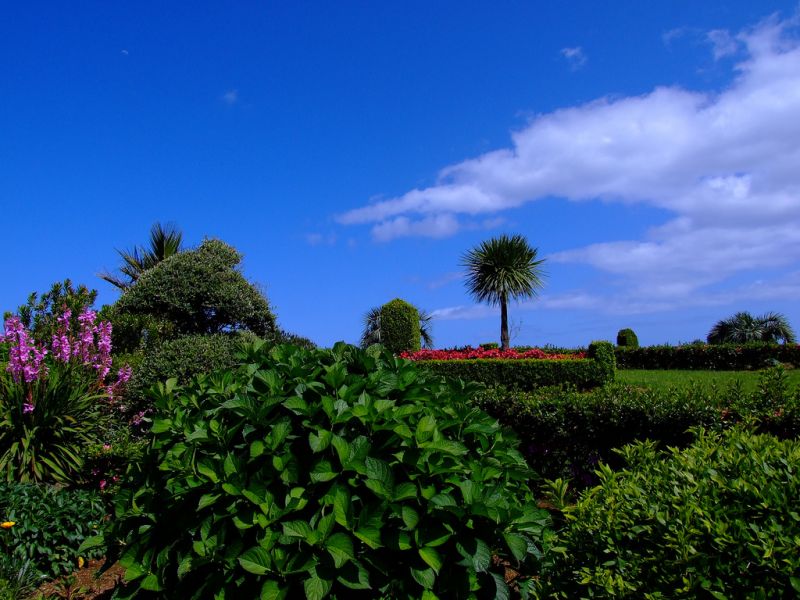CR2M Team will be active from Sao Miguel Island, IOTA EU - 002, Azores Islands in CQ WW DX CW Contest, 29 - 30 November 2025.
Team - CU2CE, CU2DX, K0AV, W6NV.
Recent DX Spots CR2M
They will operate in Multi Two Category.
QSL via LOTW.
Sao Miguel Island
Islands of the North Atlantic
San Miguel is the largest island in the Azores archipelago, located 1,500 km west of mainland Europe and almost halfway to North America. Nine islands — São Miguel, Santa Maria, Terceira, Pico, and others — form an autonomous region of Portugal and the westernmost part of the Old World. At first glance, visitors can see the volcanic origin of this picturesque subtropical land lost in the vastness of the Atlantic. The “hot” nature of the earth's interior is manifested in hot springs and smoking fumaroles (hot volcanic gases), a complex mountainous terrain and rugged coastline, caves, noisy waterfalls, and deep clear lakes formed in frozen craters and ancient calderas. On the island of Pico, there is an active volcano of the same name, 2,351 meters high (the highest point of the archipelago); Pico last erupted in 1963.
 Sao Miguel Island, Azores. Author - Lucia Fantasia.
Sao Miguel Island, Azores. Author - Lucia Fantasia.
What do historians say?
It is believed that the Azores were known to the Carthaginians and visited by Arabs and Vikings in the early centuries AD. The archipelago is considered to have been officially discovered in 1427, when ships commanded by one of the captains of the Portuguese Prince Henry the Navigator dropped anchor near the small island of Santa Maria. Apparently, the beautiful name “Azores” comes from the Portuguese word “azul” (obsolete “azures”), meaning “blue” — the mesmerizing azure of the ocean waves in these latitudes fully corresponds to this definition. Following Santa Maria, European sailors visited San Miguel and the other islands.
At the time of their discovery, the Azores were uninhabited, and in 1439, the Spanish and Portuguese began to gradually colonize the archipelago; later, the French, Flemish, and Dutch also began to settle here. Thanks to their favorable geographical position, in the 16th and 17th centuries, the islands became a center of lively trade between Europe and America. The Azores served as a convenient transshipment point and a place for a short rest on the long journey across the ocean.
However, rich caravans loaded with gold and unseen treasures from the New World attracted those seeking easy money, which is why the quiet island harbors were often subjected to brutal attacks by European and Algerian pirates. In 1582, the island of San Miguel was captured by Spain, but in 1640 it returned to Portugal and regained its status as a major administrative and commercial center.
 Sao Miguel Island, Azores. Author - Andre Z. Szymczyk.
Sao Miguel Island, Azores. Author - Andre Z. Szymczyk.
São Miguel — the pearl of the Azores archipelago
The island of São Miguel covers an area of 747 square kilometers and has a population of around 140,000. This flourishing land is not only the largest but also the most magnificent of the entire archipelago, which is why it is also known as the “Green Island.” In the eastern part of São Miguel, dense relict forests covering about 600 hectares have been preserved. Here you can find majestic redwoods, giant ferns, many heat-loving trees, luxurious meadow flowers, and grasses. The archipelago is home to an endemic species of evergreen shrub, Azorin, from the bellflower family, which blooms profusely with delicate lilac or pink elongated “gramophones.”
 Sao Miguel Island, Azores. Author - Casimiro Valerio.
Sao Miguel Island, Azores. Author - Casimiro Valerio.
Main attractions and natural wonders of the Green Island
Ponta Delgada is the capital of São Miguel, an ancient city with well-preserved colonial architecture located on the southern coast. The former wealthy seaport attracts tourists with its cozy streets and beautiful buildings, mostly from the 18th century. In Ponta Delgada, be sure to visit the magnificent Church of Saint Sebastian, patron saint of São Miguel. The Baroque cathedral was built in 1533.
The Melo Abreu brewery, dating from 1893, tea plantations, a tobacco museum, and the old Quinta da Jardinette winery, where visitors can take part in a tasting of spirits, can all be included in a fascinating tour of the island.
The “fire lake” of Lagoa do Fogo, located at an altitude of almost 1,000 meters above sea level in the mountains of the western part of the island. The fiery lava from deep underground heats up the soil, the lake, and the underground springs. The water literally gushes out of the ground and is so hot that clouds of steam envelop the slopes like thick fog.
Lagoa das Sete Cidades — two amazing volcanic lakes in the west of the island, connected by a narrow strait. The water in one is blue, in the other green; the lakes are considered one of the symbols of the island. According to legend, the lakes were once filled with the tears of star-crossed lovers — a young blue-eyed princess and a simple green-eyed shepherd.
Terra Nossa Natural Park is the pride of the islanders. There is also a thermal lake here, whose water contains a lot of iron and is considered healing: it is said that hot baths help in the treatment of diseases of the musculoskeletal system. Numerous sources of pure mineral water with a variety of chemical compositions will complement successful wellness procedures.

